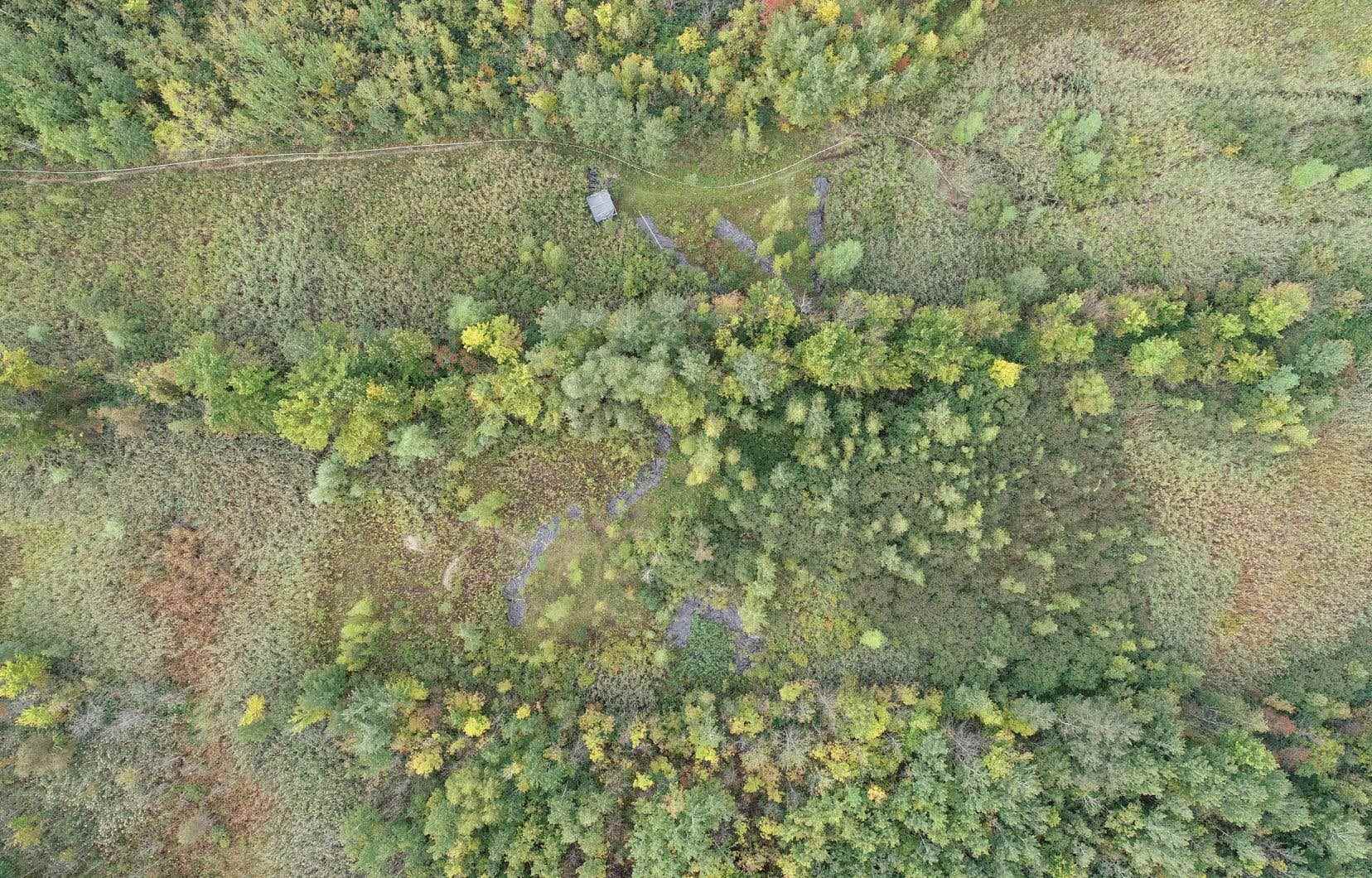Natural environments in Brossard will be protected in perpetuity in order to compensate for the wetlands lost during the construction of the terminal station of the Réseau express métropolitain (REM). The restoration and conservation project, led by the organization Nature-Action Québec, is expanding the Bois de Brossard, a rare island of nature in the region.
The added lot, a wasteland abandoned for years, has 23 hectares. Twelve hectares of this poorly drained agricultural land are considered wetlands.
It is the City of Brossard which is the new owner, but it is CDPQ Infra, the promoter of the REM, which made the purchase. The cost of the project, including land rehabilitation and monitoring for 10 years, is $1 million.
“We secure so that there is no real estate development,” explains Virginie Cousineau, director of public affairs at CDPQ Infra, during a meeting attended by The duty attended on Monday. The lot chosen, located very close to the REM station and the Quartier Dix30 shopping center, aroused the greed of real estate developers who, according to Ms.me Cousineau, continued to hope for a rezoning.
Thanks to these 23 new hectares, the City of Brossard continues to increase the proportion of protected natural environments on its territory. Over the past 10 years, the area of protected land environments has almost doubled in this municipality, reaching 24% today.
The Bois de Brossard, a 408-hectare nature reserve, is also “one of the greatest ecological riches of the Montérégie”, according to the Mayor of Brossard, Doreen Assaad. With Nature-Action Québec, which owns part of this reserve under development, the City of Brossard is striving to get its hands on the missing pieces in order to create a large seamless park.
A collaboration was therefore natural with CDPQ Infra, which was obliged, by law, to compensate for the wetlands destroyed by the construction of the REM. Its terminal station, which includes a garage for trains and thousands of parking spaces for commuters, had led to the elimination of 10 hectares of these environments of crucial importance for biodiversity.
A long-term job
The agricultural wasteland obtained for REM compensation stems from the efforts of Nature-Action Québec (NAQ), which has been trying for years to forge ties of trust with the private owners of the Bois de Brossard in order to convince them to sell their lot for make it a protected natural area.
“We’ve been calling each owner for 14 years, every year,” explains Romy Bazo, director of natural environment conservation at NAQ. Some dream in color: they want millions. However, as natural environments multiply around their homes, brownfield owners become more inclined to part with their lot, she adds.
We’ve been calling every owner for 14 years, every year. Some dream in color: they want millions.
Restoring the lot paid for by CDPQ Infra required major work. There were hunting caches, all-terrain vehicle (ATV) trails and even material deposits from the construction of Quartier Dix30, underlines Jérôme Maurice, director of the restoration of natural environments at NAQ. In addition, invasive alien species, including common reed and buckthorn, abounded there.
These invasive alien species have been mowed down, uprooted and covered with tarpaulins in order to curb their development. Helicopters have also dropped “bombs” of seeds of desirable plant species. A total of 2,400 trees were also planted.
The compensation project for the loss of wetlands in Brossard is the largest carried out by the promoters of the REM. Last year, the digging of a section of tunnel to serve the Montreal-Trudeau airport had, according to several specialists, caused the drying up of a marsh. CDPQ Infra had denied its responsibility, but promised to restore the affected environment.
